Sandro Botticelli's "La Primavera", created in the late 15th century, around 1478, is one of the masterpieces of the Renaissance. This painting, measuring 2.03 meters high and 3.15 meters wide, has become a treasure of the Uffizi Gallery in Florence due to its scale and artistic value. Through this work, Botticelli demonstrated his understanding of classical mythology and Neoplatonism while expressing his unique perception of nature and beauty.
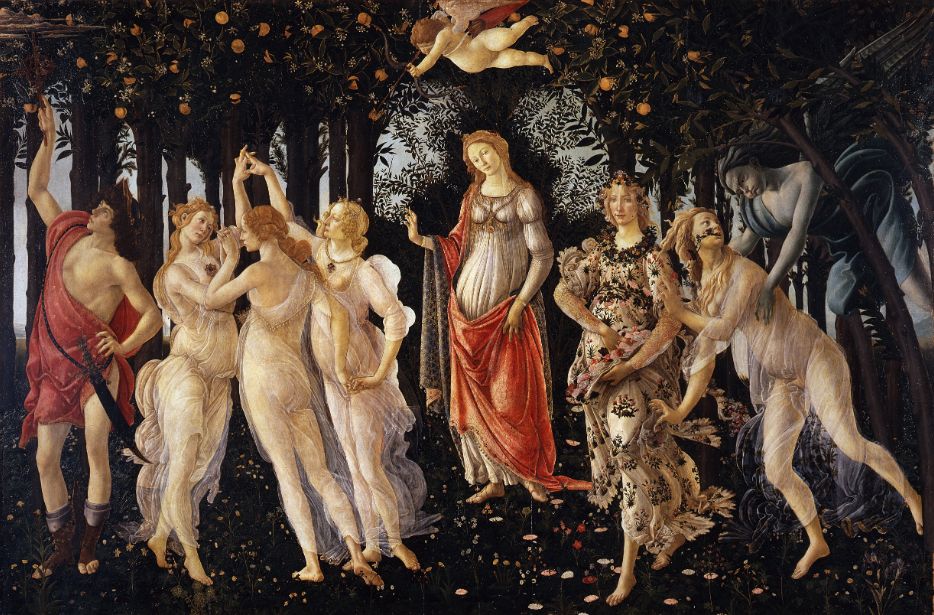
"La Primavera" depicts a group of mythological figures centered around Venus, symbolizing love and beauty. Above her hovers a blindfolded Cupid, ready to shoot an arrow at a target within the painting. To Venus's left are Mercury and the Three Graces, representing youth and joy; to the right are Flora, the goddess of flowers, Zephyrus, the god of the west wind, and Chloris, the nymph of the land.
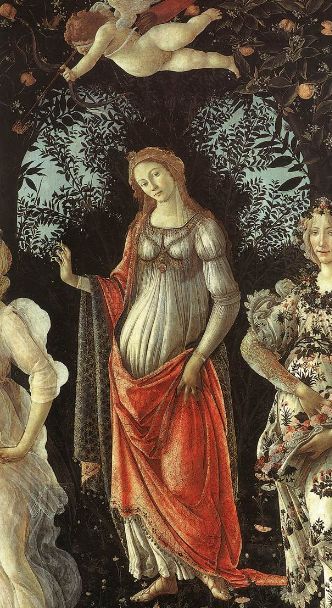
The painting does not illustrate a specific myth but conveys a mysterious beauty and symbolism through the characters' postures and expressions. Botticelli's composition resembles a tapestry, with a background filled with various flowers symbolizing the prosperity and vitality of spring. This design not only echoes the style of tapestry art but also reflects Botticelli's meticulous attention to detail.
"La Primavera" is profoundly influenced by Neoplatonism, a philosophy revived in 15th-century Florence. Neoplatonism emphasizes rationality and spiritual elevation, believing that the experience of beauty can lead people to pursue higher moral and spiritual realms. Through his work, Botticelli portrayed this idea: Venus symbolizes not only earthly love but also spiritual purity and compassion.
Marsilio Ficino, one of the main proponents of Neoplatonism, mentored the young Lorenzo di Pierfrancesco de' Medici, one of the patrons of this painting. In a letter to Lorenzo, Ficino referred to Venus as a "naturally beautiful nymph", whose soul represents love and compassion. This perspective directly influenced the creation of "La Primavera".
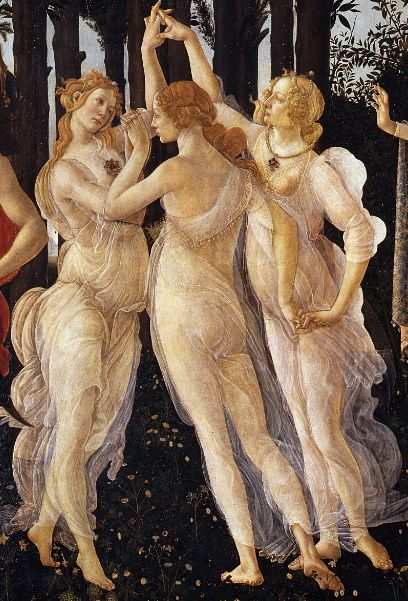
The figures and scenes in "La Primavera" are rich in symbolic meaning, attracting countless interpretations from scholars. For instance, Mercury, as the messenger of the gods, is seen as the guardian of those who seek to unravel the mysteries of the ancient world, while the Three Graces symbolize elegance, joy, and virtue. The interaction between Zephyrus and Chloris is interpreted as a symbol of natural forces and the renewal of life.
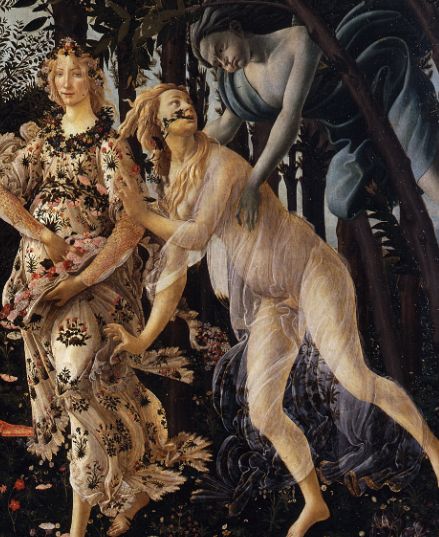
Botticelli's work bears subtle connections to Gothic art, evident in his use of color and line. His figures are slender and graceful, with flowing garments, and the intricate floral background reflects his dedication to detail and love of nature.
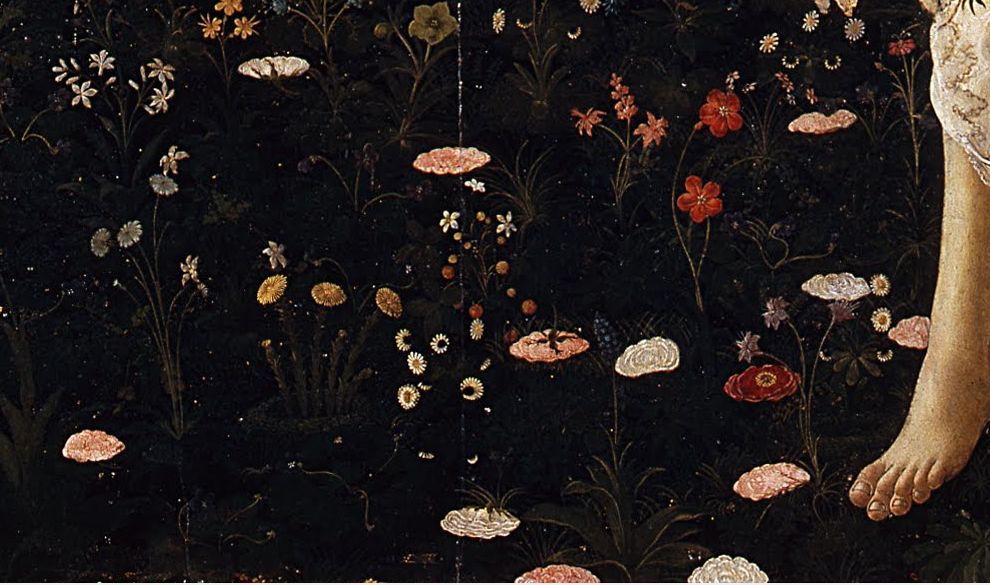
Botticelli's artistic style is distinctive, characterized by delicate lines and soft colors that create a poetic image. In "La Primavera", he portrays a profound understanding of nature and humanity through exquisite composition and vivid details. His work not only reflects the cultural atmosphere of 15th-century Florence but also embodies his personal artistic pursuits and philosophical reflections.
Although Botticelli's art was not fully appreciated during his lifetime, his works have gained widespread recognition and admiration in later periods. "La Primavera", as one of his most significant pieces, is not only a representative work of Renaissance art but also an essential resource for studying Renaissance culture and philosophy.
Through "La Primavera", Botticelli showcased his pursuit of ultimate beauty and deep philosophical understanding. This painting is not just a treasure in art history but also a visual poem reflecting humanity's eternal quest for beauty and love.